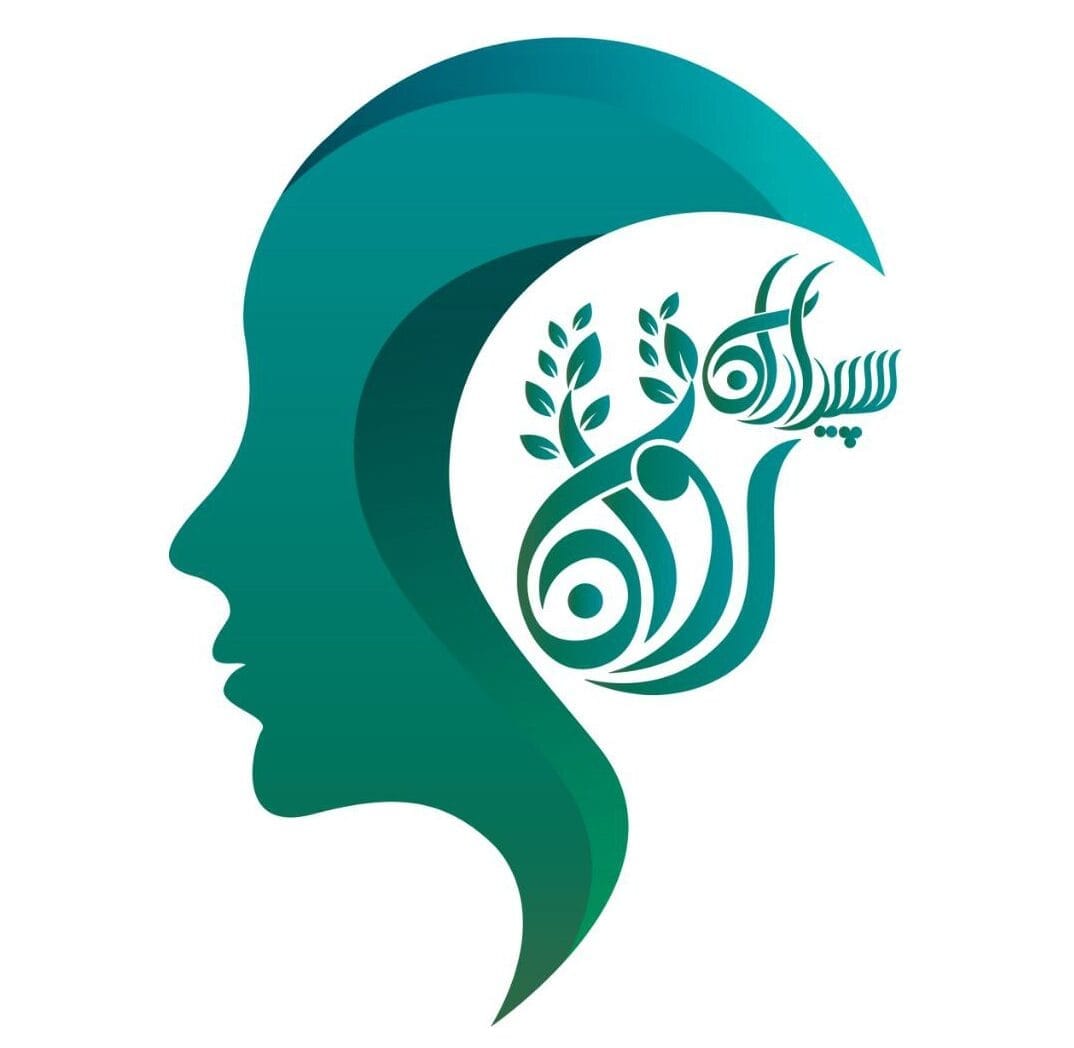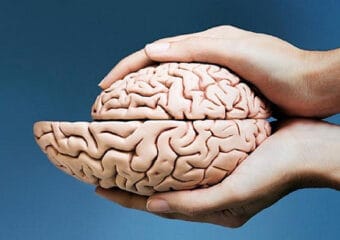
Blog
Anxiety cycle
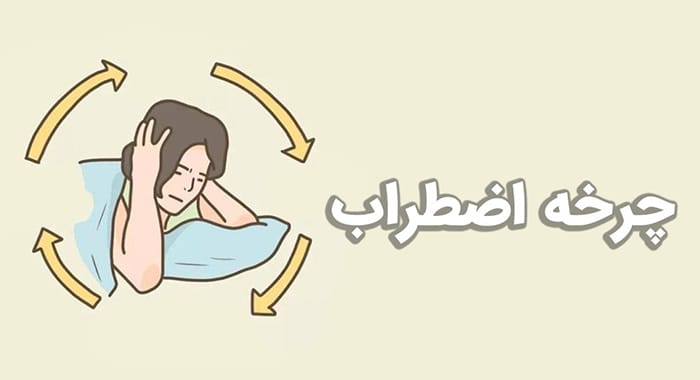
Anxiety is a natural human emotion that arises in many situations. However, when this feeling turns into a continuous cycle, it can significantly affect a person’s quality of life. The anxiety cycle refers to a process in which emotions, thoughts, and behaviors are interconnected and can reinforce each other. In this article, we will examine the different stages of this cycle, its impact on an individual’s life, and effective strategies for breaking it.
فهرست عناوین
ToggleStages of the Anxiety Cycle
The anxiety cycle includes several sequential stages that are often interconnected:
Trigger
The anxiety cycle begins with a trigger. This trigger can be a specific situation, a thought, or even an unwanted memory. For example, seeing an important email may trigger feelings of anxiety. Triggers can arise from everyday stress, environmental pressures, or even negative thoughts.
Physical Reaction
After the trigger, the body responds automatically. These responses may include increased heart rate, sweating, muscle tension, and fatigue. These physiological reactions happen unconsciously and can intensify the feeling of anxiety.
Thoughts and Interpretation
At this stage, the individual starts thinking about the situation, often falling into negative thought patterns. These thoughts may involve pessimistic or unrealistic scenarios. For example, the person might think, “What if I fail?” or “Everything will go wrong.” These negative thoughts further reinforce the feeling of anxiety.
Avoidance Behaviors
To reduce the discomfort caused by anxiety, the individual may engage in avoidance behaviors. These can include avoiding stressful situations, neglecting responsibilities, or withdrawing from others. While these behaviors may provide short-term relief, they ultimately strengthen the anxiety cycle. For example, a student might avoid taking an exam, which in turn increases their anxiety over time.
Reinforcing the Cycle
Avoidance may lead to immediate anxiety reduction, but this behavior can strengthen the anxiety cycle. When a person avoids a stressful situation, they gain temporary relief, which in turn increases their tendency to avoid. This cycle repeats continuously and keeps the person in a state of persistent anxiety.

Effects of the Anxiety Cycle
The anxiety cycle can have many effects on a person’s life. These effects may include:
Reduced quality of life
Persistent anxiety can reduce enjoyment of daily activities and social relationships. The person may avoid participating in social activities and refrain from doing things they previously enjoyed.
Physical problems
Anxiety can lead to physical issues such as headaches, muscle pain, and sleep disturbances. These physical problems can, in turn, increase feelings of anxiety and reinforce the cycle.
Psychological disorders
If unmanaged, anxiety can develop into more serious disorders such as depression or panic disorders. These disorders can severely impact a person’s quality of life and require specialized treatment.
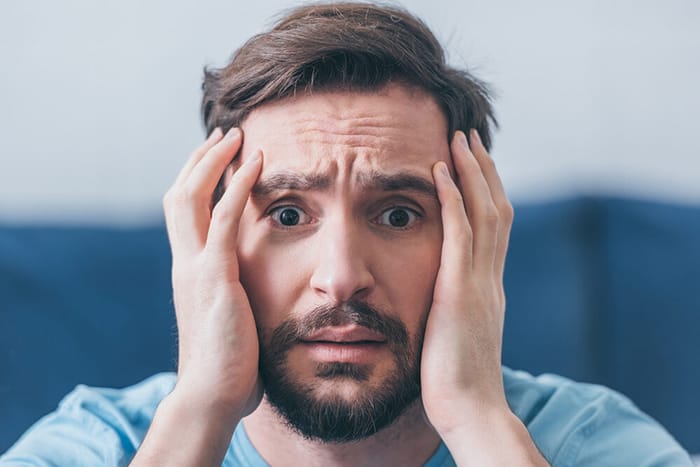
Analysis of the Anxiety Cycle
The anxiety cycle is a complex process involving continuous interaction between feelings, physiological responses, thoughts, and behaviors. Understanding this cycle can help individuals better cope with their anxiety and prevent the repetition of this process.
Example: To better understand the anxiety cycle, let’s examine a practical example. Suppose a person feels anxious due to a work presentation. This feeling may begin upon seeing an email from their manager (trigger). In response to this trigger, their body may experience physiological reactions such as heart palpitations and sweating (physical response). Then, they may start thinking, “If I can’t deliver a good presentation, my job is at risk” (thought and interpretation). Following this, they might decide to avoid attending the meeting (avoidance behavior). This avoidance may give them temporary relief but ultimately strengthens the cycle and makes them more anxious in the future.
Suggested article: anxiety disorders
Effective Strategies to Break the Anxiety Cycle
Breaking the anxiety cycle requires the use of techniques and strategies that help an individual manage their emotions, thoughts, and behaviors. Here are some effective strategies:
Awareness and Recognition: Identifying triggers and thought patterns that lead to anxiety is the first step in managing it. Meditation and mindfulness exercises can help a person stay present and avoid negative thoughts.
Changing Thought Patterns: Try to focus on the positive aspects of situations instead of the negative ones. By challenging negative thoughts and examining their reality, you can respond to unrealistic thinking.
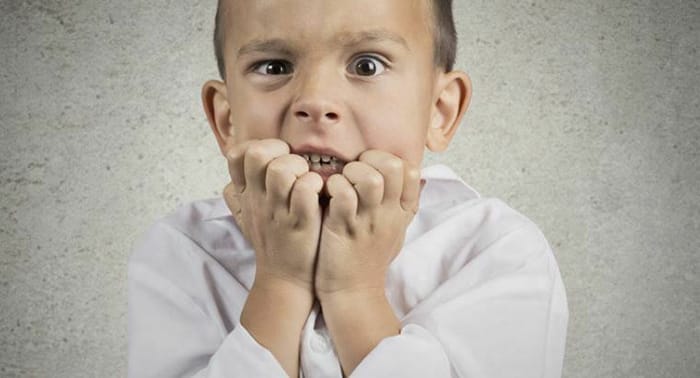
Breathing Techniques: Practicing deep breathing can help reduce anxiety and create calmness. A few minutes of slow, deep breathing can have a significant effect.
Physical Activity: Regular physical activities can help reduce stress and anxiety levels. Even a short walk can be beneficial.
Social Support: Support from friends and family can help reduce feelings of loneliness and anxiety. Talking about feelings and experiences can be effective in lowering psychological burden.
Avoidance Behaviors: Gradually face situations that cause anxiety. This exposure can help reduce fear and improve self-confidence.
Counseling and Therapy: If anxiety persists, consulting with a psychologist or counselor can help the individual find more effective ways to manage anxiety.
The anxiety cycle is a complex process involving continuous interaction between emotions, physiological reactions, thoughts, and behaviors. Understanding this cycle and applying effective techniques can help a person feel calmer and more in control of their life. By seeking help and consulting specialists, one can achieve a healthier and happier life. Recognizing and breaking the anxiety cycle not only improves the individual’s quality of life but also leads to healthier relationships and success in various areas of life.
برای مشاوره رایگان و رزرو وقت (یا اگر تماس گرفتید و قادر به پاسخگویی نبودیم) شماره تماس خود را وارد کنید. ما به زودی با شما تماس می گیریم!
